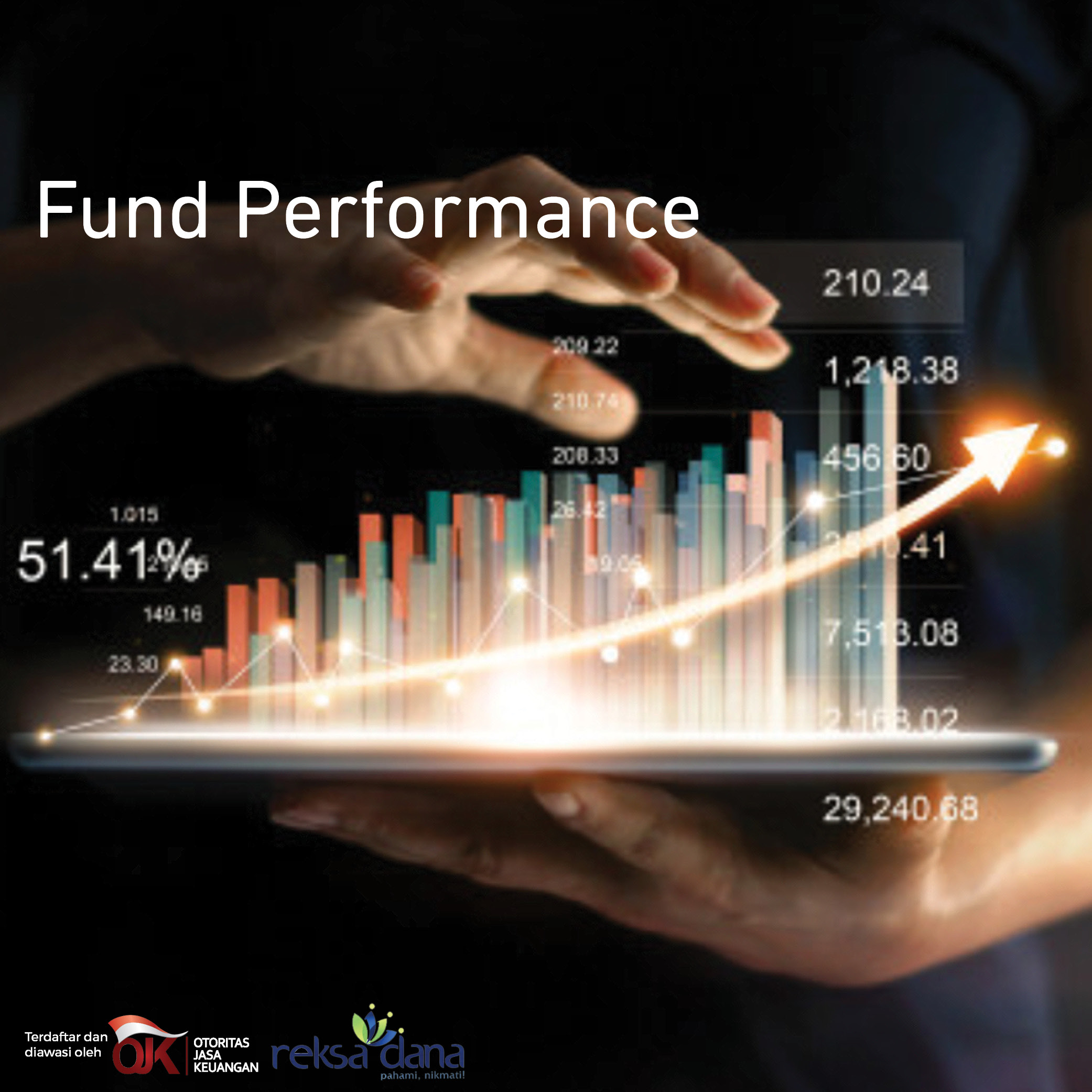ECONOMIC UPDATE - Monetary Review
Volatility is peaking
Global factor was on focus
Bank Indonesia (BI) maintained its 7-day reverse repo rate (7DRRR) at 4.25% in the end of 1Q18 despite the increasing FFR. Central bank also maintained deposit facility at 3.50% and lending facility at 5.00%. Rupiah was the main focus as global volatility rose due to The Fed policy stance and US protectionism policy. Central bank viewed hawkish tone of new Fed Chairman, Jerome Powell, made the market expected more than 3 times FFR hike in 2018 while BI maintain its view of 3 times FFR is enough for US in 2018. Furthermore, US also played a role in rising volatility as Trump’s inward-oriented trade policy may trigger a trade war and dragged down world trade volume and economic growth.
Fed maintain 3 times FFR hike in 2018, vulnerable to 4 times
FOMC lifted up the FFR by 25 bps and saw a more hawkish hike in 2019 and 2020 due to better economic outlook. FOMC also retained its projection of 3 times FFR hike this year. However, this projection came in split vote as seven officials projected at least four quarter-point hikes, while eight expected three or fewer increases. We see that the chance of more than 3 times FFR hike still exist if US economic performance is getting better in the rest of 2018. FFR hike projection in 2019 was lifted up to 3 times (2.75% - 3.00%) and 2 times in 2020 (3.25% - 3.50%). We expect Fed will increase FFR by 6 times within 2018 – 2019, either 4 times in 2018 and 2 times in 2019 or 3 times in 2018 and other 3 times in 2019. The median estimate of this year economic growth rose from 2.5% to 2.7%, signaling confidence in U.S. economic even though the latest retail sales data was a disappointment. The 2019 growth estimate increased to 2.4% from 2.1% in December. FOMC also predicted that inflation will be around 1.9% in 2018 before gradually goes up to 2.0% in 2019, 2.1% in 2020 and stabilizes around 2.0% in long run. Rising FFR hike expectation made the Bloomberg consensus forecast of US 10-year govt bond yield for YE 2018 rose to 3.13% from 3.0% in previous survey, giving another bearish sentiment not only to US bonds market but to world bonds market. It gave even negative sentiment to Indonesia’s bonds market which already suffered from rapid increase in CDS level (see exhibit 5).
Pressure for Rupiah from BoP position
Trade deficit in the first two months of 2018 gave a good sign of domestic demand recovery, indeed. However, another risk popped up as it may bring the current account deficit (CAD) widens and balance of payment (BoP) deficit in the end. According to statistics office, trade deficit in 2M18 reached USD 871 mn which make us believe that CAD may reach more than 2.1% of GDP in 1Q18. Furthermore, rising global volatility also gave pressure to capital account in this quarter. Net capital outflow in equity market already reached USD1.46 bn (as of Mar 22) and net capital inflow in bonds market at USD 0.46 bn still cannot compensate it. Unless there is a significant jump in direct investment, we see that there is a chance that Indonesia’s balance of payment may post deficit in 1Q18. One of BoP deficit indication was from the declining forex reserve as the central bank used it to intervene market which demanded more USD.
Still see policy rate on hold in 2018, new threat called trade war arising
We maintain our view that BI will retain its policy rate on in 2018 before lifting it up in the beginning of 2019. According to its statements, BI is still confidence of Indonesia’s fundamentals ability to face global volatility. Hence, we see it will wait for domestic demand awakening before deciding on rate hike. Domestic data still showed weak demand as loan growth in Jan-17 was only 7.4% by central bank at retail sales growth in Jan-17 was slumped to -3.8%. However, we see an awakening of both consumption and GDP growth in 2018 due to our assumptions in previous reports (see our GDP report: Welcome to Trillion Dollar Economic) which may open the room for central bank to raise the rate in 2019. Bank Indonesia is seen to keep using its forex reserve to maintain currency stability in this year. It may lift the rate earlier in 2H18 if the tension of trade war worsened and trigger higher capital outflow , bringing Rupiah depreciate even deeper beyond Rp 14,000/USD.
















